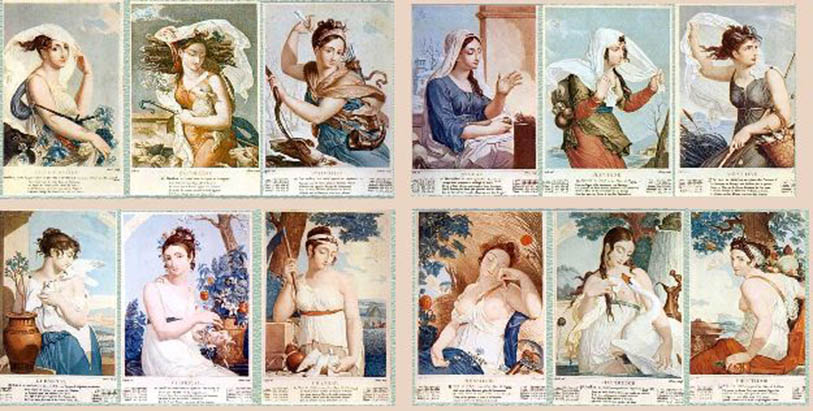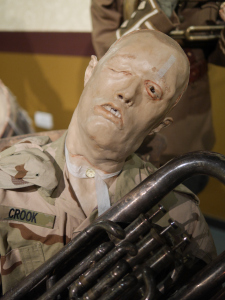MV Reina del Pacifico
The motorship Reina Del Pacifico had a long and particularly interesting life and was witness to many of the important events of the 20th Century.

She was built by Harland & Wolff shipbuilders in Belfast, the company perhaps most famous for building the ill-fated RMS Titanic. Launched on the 23 of September 1930 she was to be a passenger liner for the Pacific Steam Navigation Company. Her maiden voyage on the 9th of April was from Liverpool to Valparaiso via the Caribbean and Panama. This was to be a regular journey for the Reina del Pacifico which in 1936 made the voyage there in a record 25 days.
When Reina del Pacifico was built, Ramsey MacDonald, one of the chief founders of the Labour Party, was Prime Minister and head of a minority Labour government (their second ever, with MacDonald having become their first Prime Minister in 1924). However, the need to drastically cut public spending in the face of the Great Depression led him to form a National Government with the Conservatives. This led to MacDonald being expelled from the party he had founded and much personal bitterness being directed against him. Deeply affected by the rupture, his health rapidly declined and in 1935 he agreed to stand down to be replaced by Stanley Baldwin. He boarded the Reina del Pacifico in 1937 with his youngest daughter Sheila. They had decided to take a holiday in South America and had hoped to do some climbing in the Peruvian Andes. Sadly, though he died four days into the voyage on the 9th of November 1937 of heart failure. His funeral was conducted in Westminster Abbey and he was buried next to his wife in Morayshire.

Ramsey MacDonald
When war broke out two years later the gentle luxuries of cruises in South America had to be put aside and the vessel was requisitioned by the Admiralty for work as a troopship. Converted in Liverpool she then took troops to Harstad in Norway. In 1940, she carried RAF men to Suez via Cape Town. The next year she carried Indian soldiers to Port Sudan where they then moved to Ethiopia. She continued to have a varied and wide-ranging war career, carrying Highlanders to Sicily, German POWs from Oran and visiting places from Colombo to Iceland and New York. She was bombed several times but largely escaped damage.
Again, she carried important figures including, in 1943, King Peter II, the last King of Yugoslavia as well as the staff of the United States First Division HQ as they prepared for D-Day. The end of the war wasn’t the end of the service of Reina del Pacifico as she sailed 350,000 miles to carry 150,000 personnel back to their homes and families.
She was then returned to her builders in 1947 to be overhauled for return to civilian use. However, on the 11th of September a piston overheated, causing an engine explosion which killed 28 people.
Despite this, she was renovated and during the 1950s carried many West Indian migrants to start a new life in post-war Britain. In her later years she suffered some injuries, in 1957 running around on Devil’s Flat, Bermuda and then losing a propeller at Havanna.
On the 27th of April 1958, she took her last voyage to South America and then finished her long and varied life, that had seen the grand figures and great events of history, at the breaking yard of John Cashmore at Newport.


















































